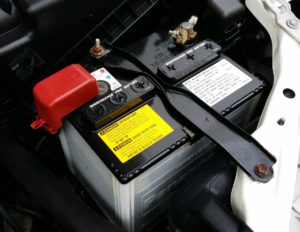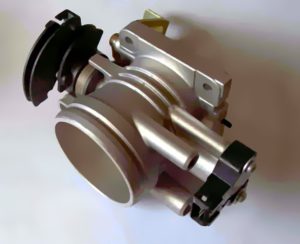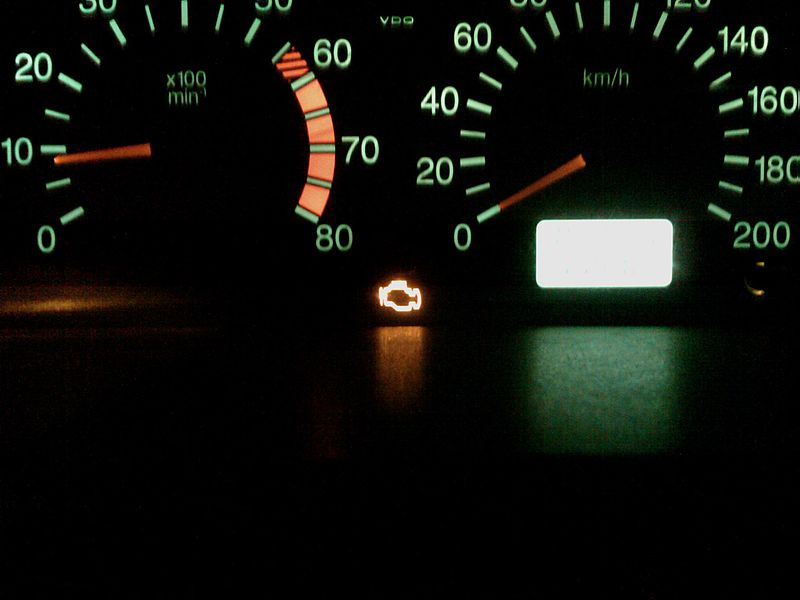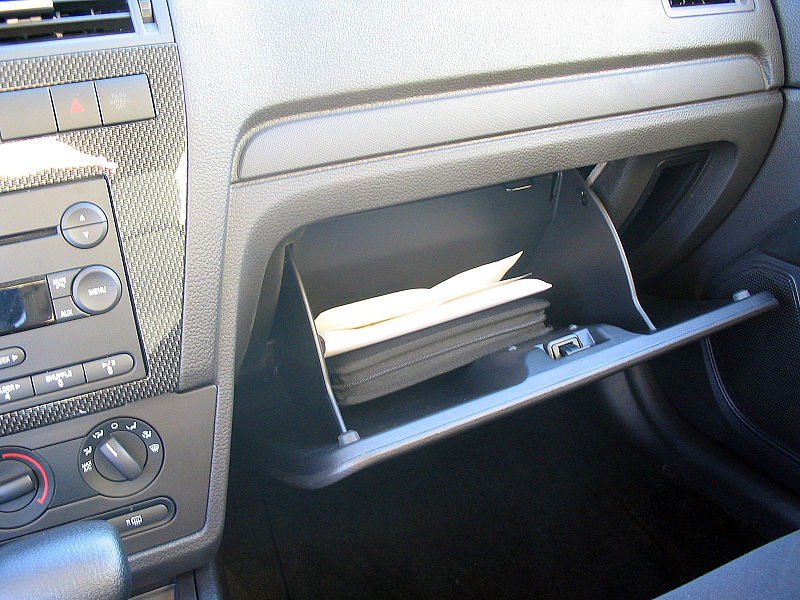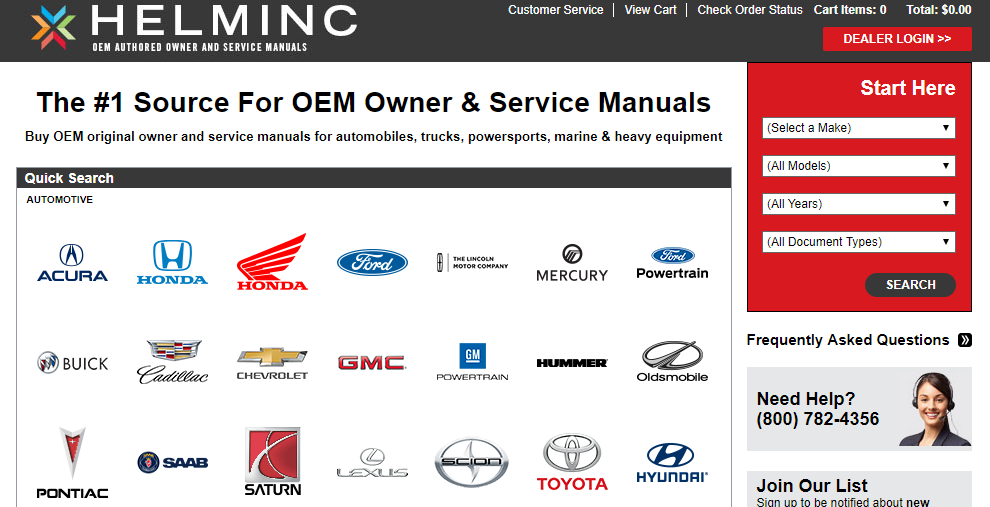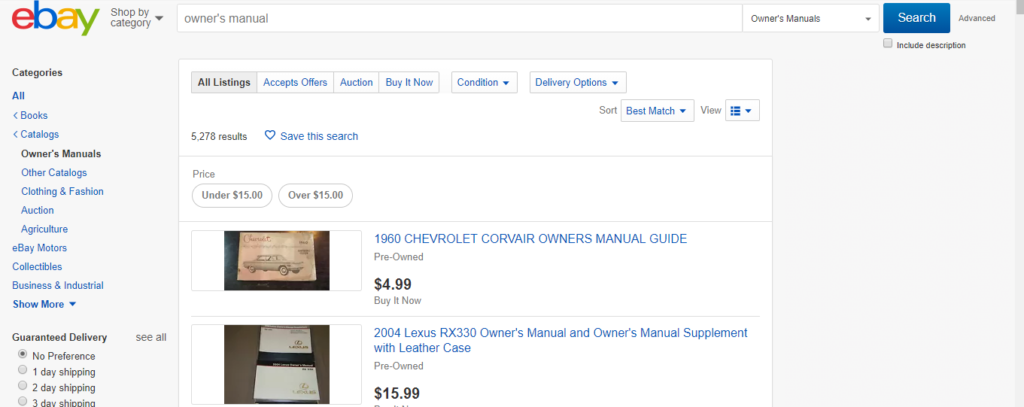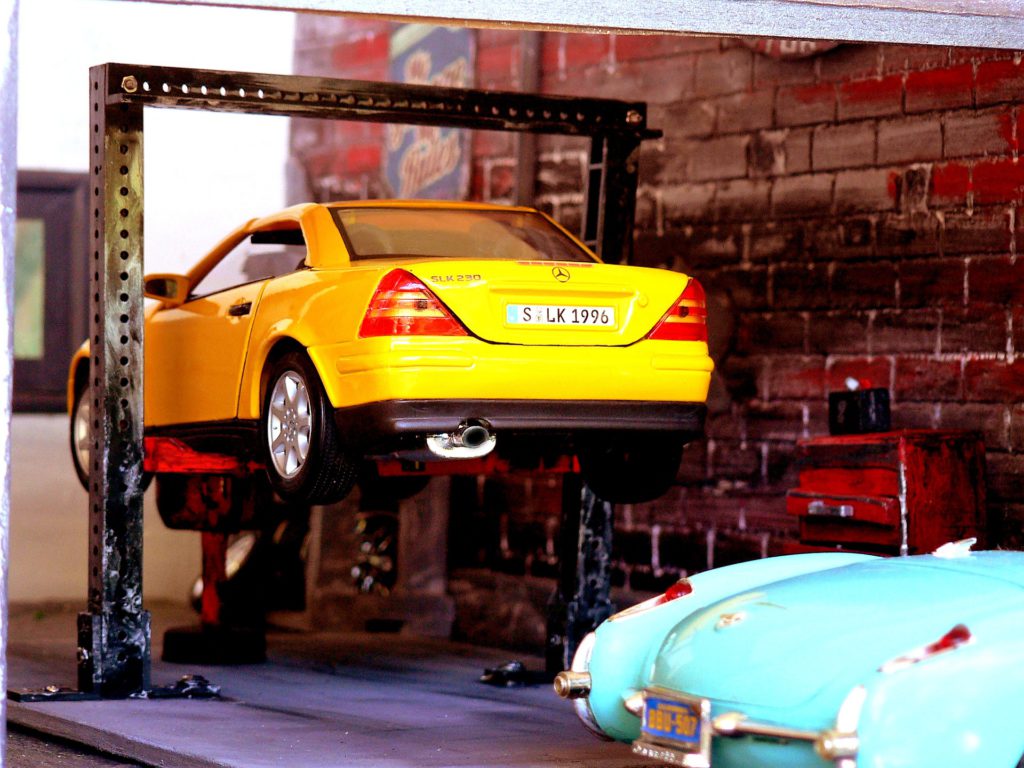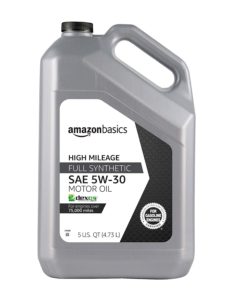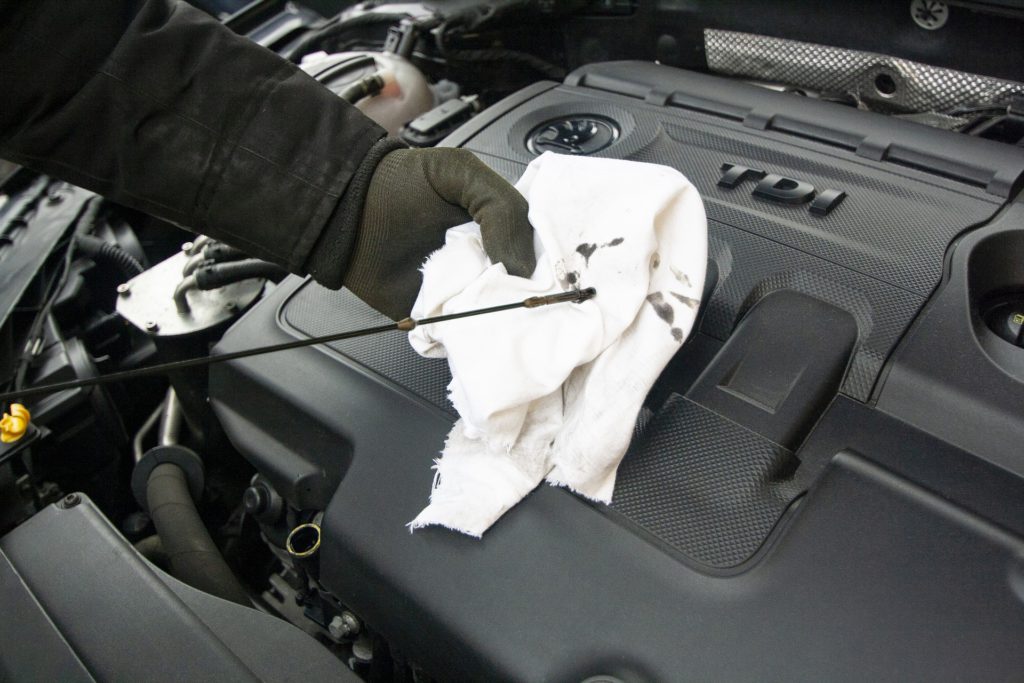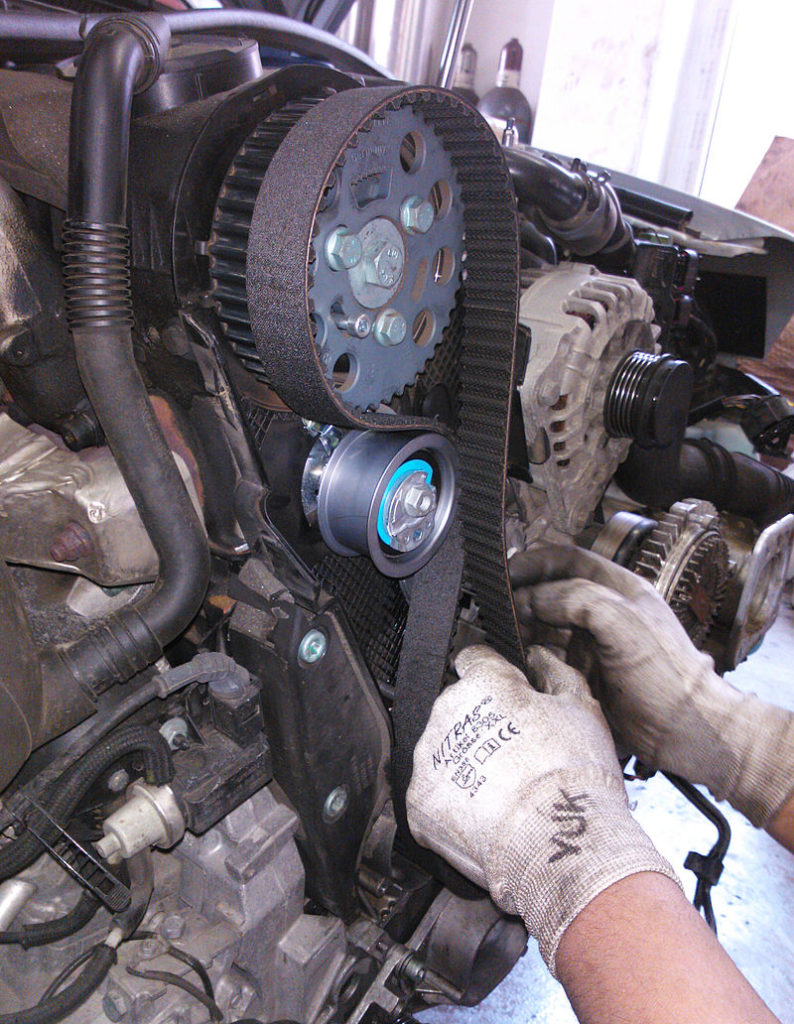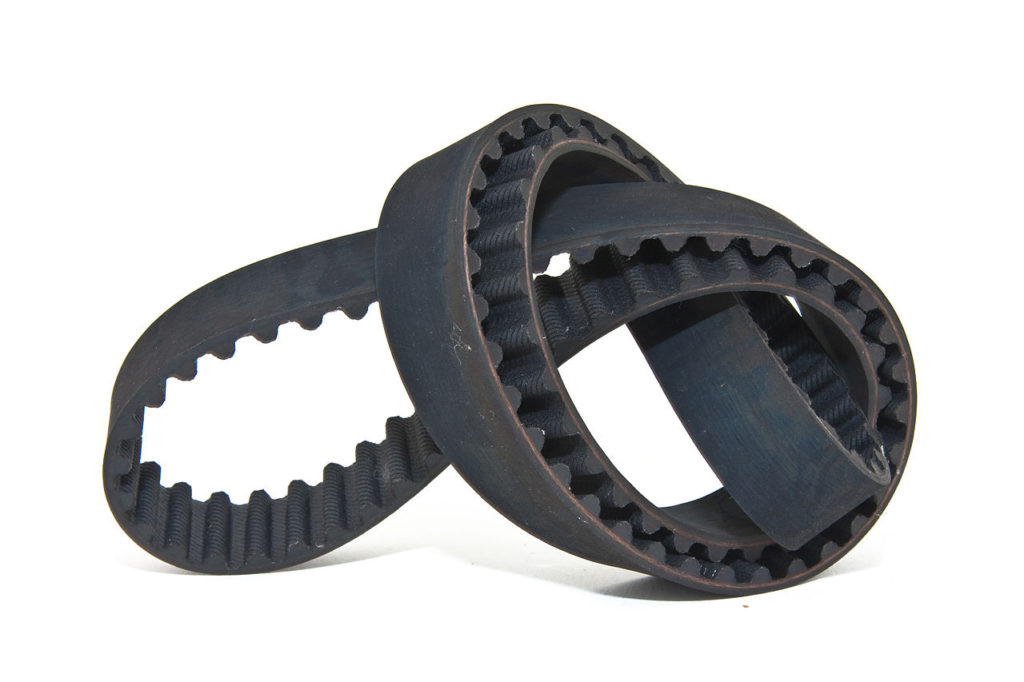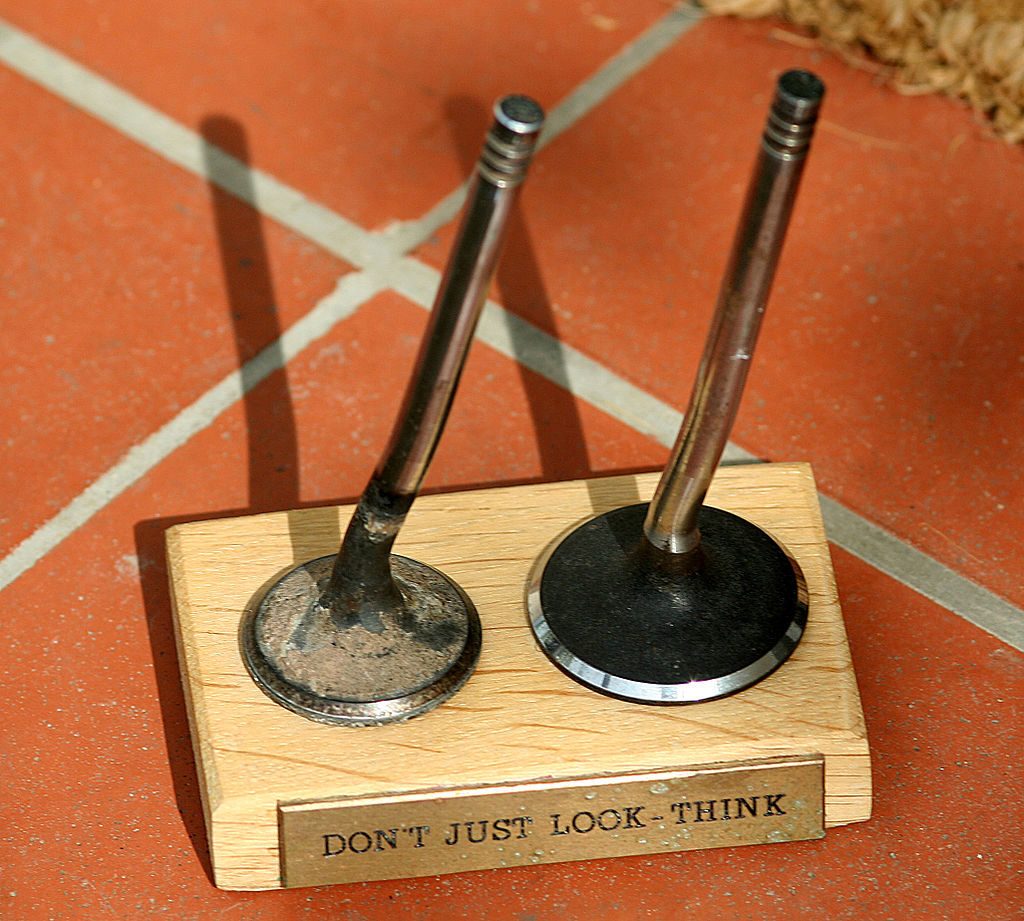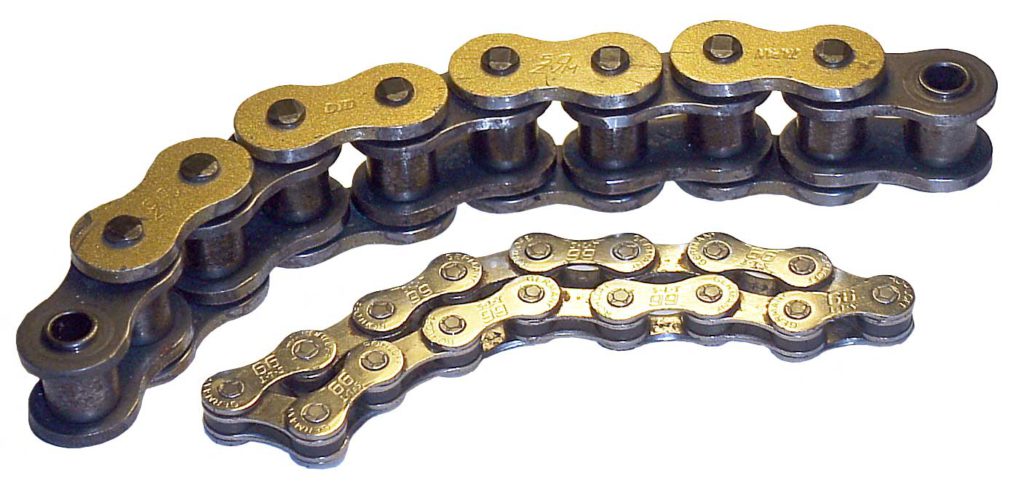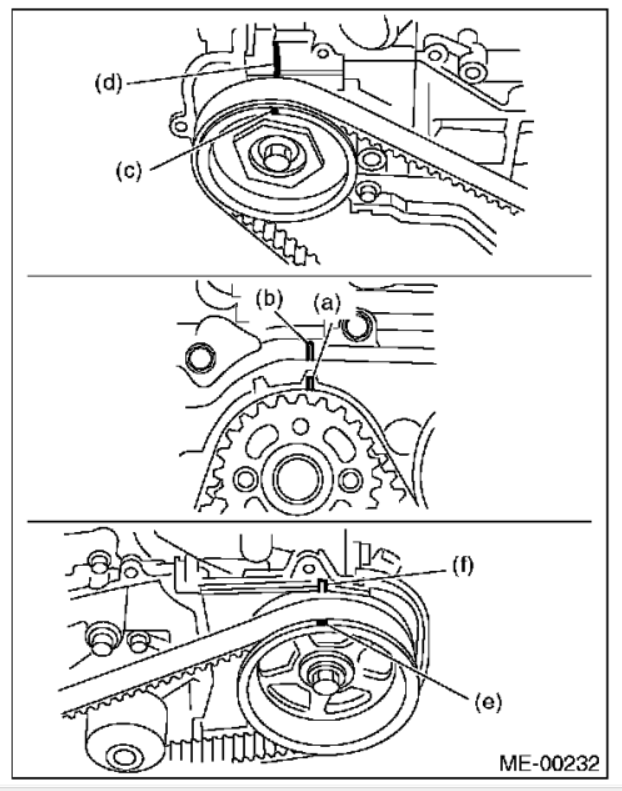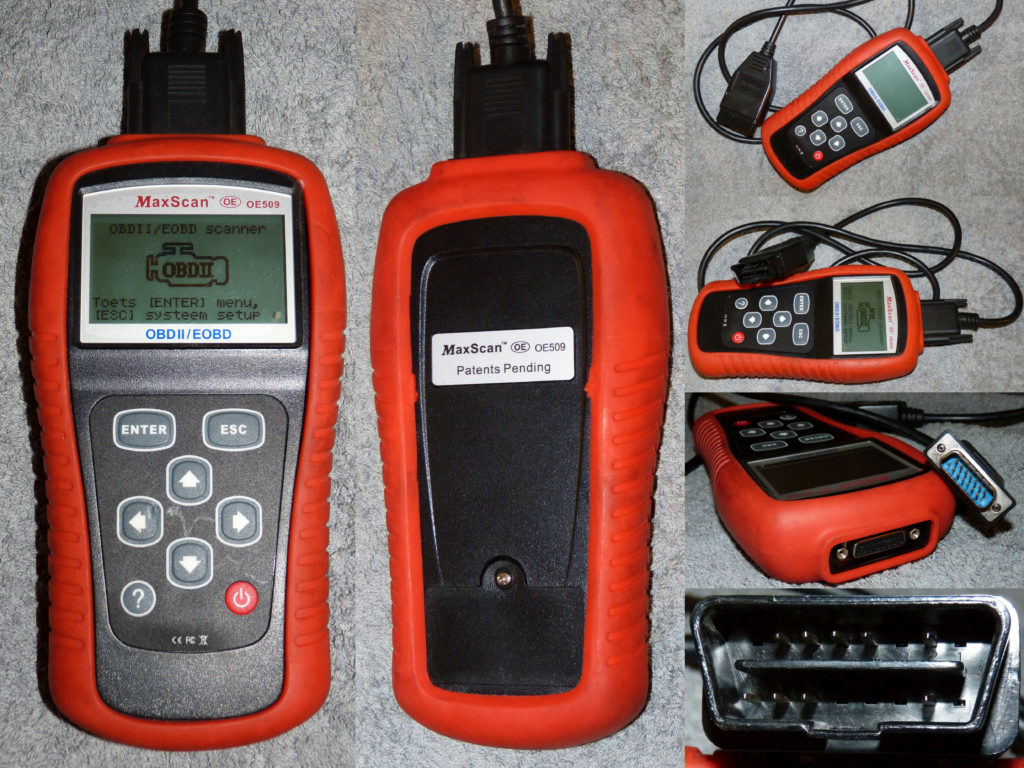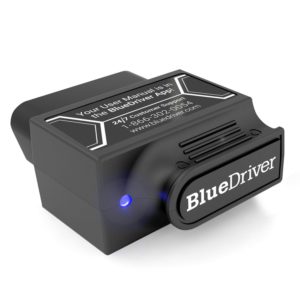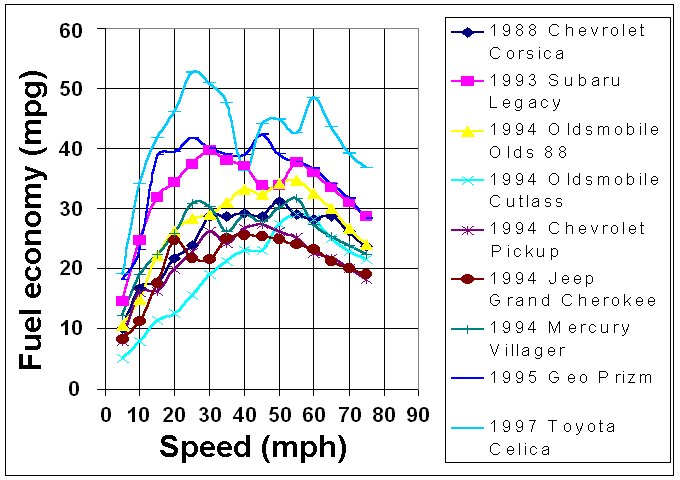A throttle body of the vehicle with a lot of mileage may be dirty, and it needs to be cleaned up. The symptoms of a dirty throttle body is a rough idle, engine stalling, sticking gas pedal, hesitant acceleration, and so on. Here is the procedure on how to clean the throttle body.
- Remove the intake air duct
- Push the lever arm to open the throttle plate
- Spray a cleaner and wipe off the gunk with a rag
- Put back the intake air duct
If your car has an Electronic Throttle Body…
Please note that if your car has an electronic throttle body, do not push the throttle plate to open. The electronic throttle body is fully controlled by a vehicle computer. The motor inside the throttle body opens and closes the throttle plate. If you push the throttle plate by hand, the vehicle computer may lose the throttle position. That can create another problem, and things will even get worse. What’s more, you might need a scan tool to reset or perform the idle relearn procedure for the engine to retain the correct idle speed. So, keep that in mind, and here is how to clean the electronic throttle body.
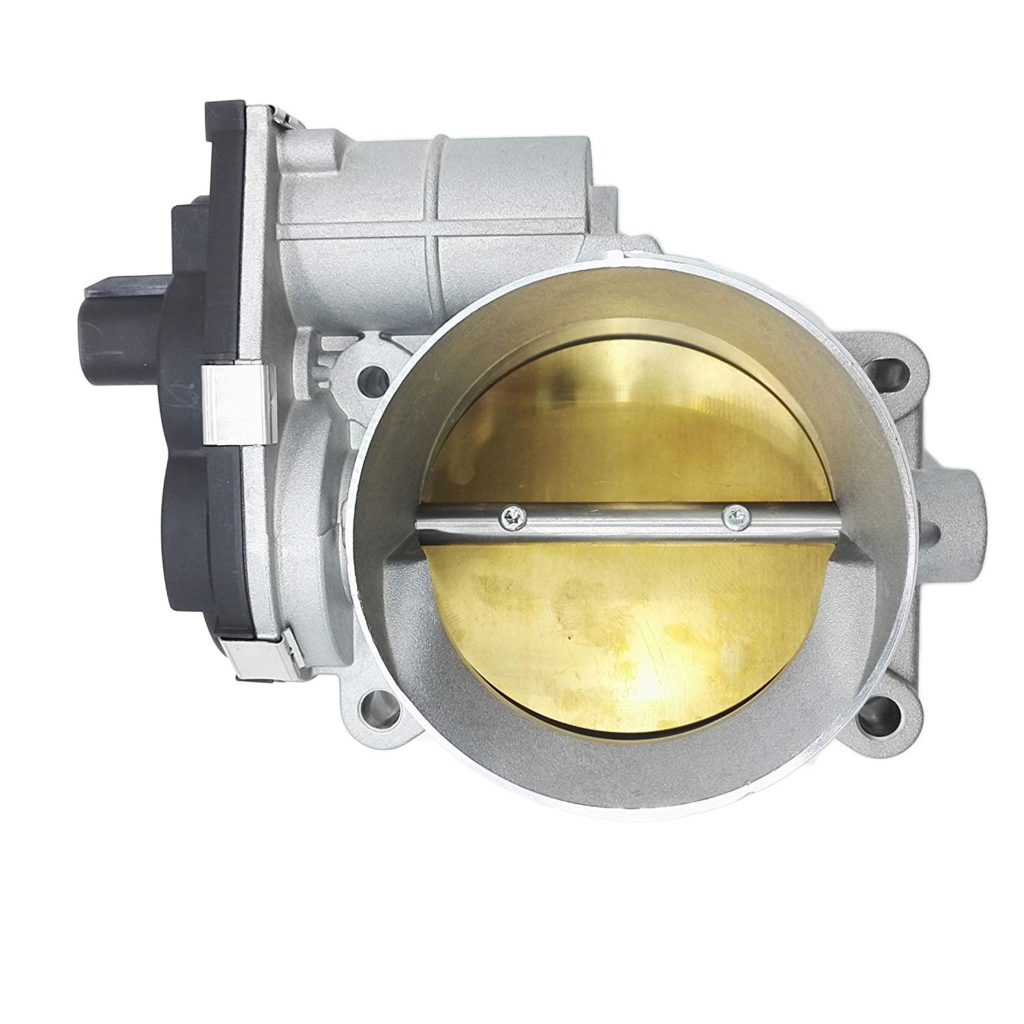
- Have someone in a driver’s seat
- Turn the key on without a start
- Have someone press the gas pedal all the way
- Now, the throttle plate is open
If you are alone, put something heavy on the gas pedal. Make sure that it’s heavy and secure enough not to move and release the gas pedal while you’re cleaning. If it happens, all precautions and efforts may be wasted, you may be going to need to reset or relearn procedure.
Read Also: Does my car need Idle Relearn? What is throttle body relearn?
What to use for throttle body cleaning?
There is a cleaner that is specifically designed for cleaning the throttle body. It may be called Throttle Body Cleaner or Air Intake Cleaner. Don’t confuse with Brake Cleaner and Carburetor Cleaner. Brake Cleaner is a stronger solvent in cleaning perspective. It will damage a rubber, seal, sensors, or special coating on an inner wall of the throttle body. Some people say that you can use Carburetor Cleaner to clean the throttle body. Although it’s safe to use it, it’s not as effective as throttle body cleaner. Carburetor cleaner evaporates quicker than throttle body cleaner. You may need to spray more than Throttle body cleaner to clean up the same amount of dirt. A throttle body cleaner will leave a thin layer of lubricant on the inner wall of the throttle body, which helps to prevent the dirt and gunk from sticking in the future.
How does a throttle body get dirty, anyway?
You may wonder why a throttle body gets so dirty. Isn’t only air from the atmosphere pass through it. The answer is that it’s not only the air passing through it but also a vapor from a crankcase and blow-by. To understand this, you need to understand the Positive Crankcase Ventilation (PCV) system. The crankcase is a housing of a crankshaft below cylinders, and the motor oil lubricates moving parts inside the crankcase and cylinder walls. The crankcase has to be ventilated. If not ventilated, excessive pressure builds up inside the crankcase, and it breaks a seal and causes an oil leak, and many other bad things happen. So, it needs to be ventilated, but not directly to the atmosphere due to environmental issues. So, that’s where PCV system comes in.
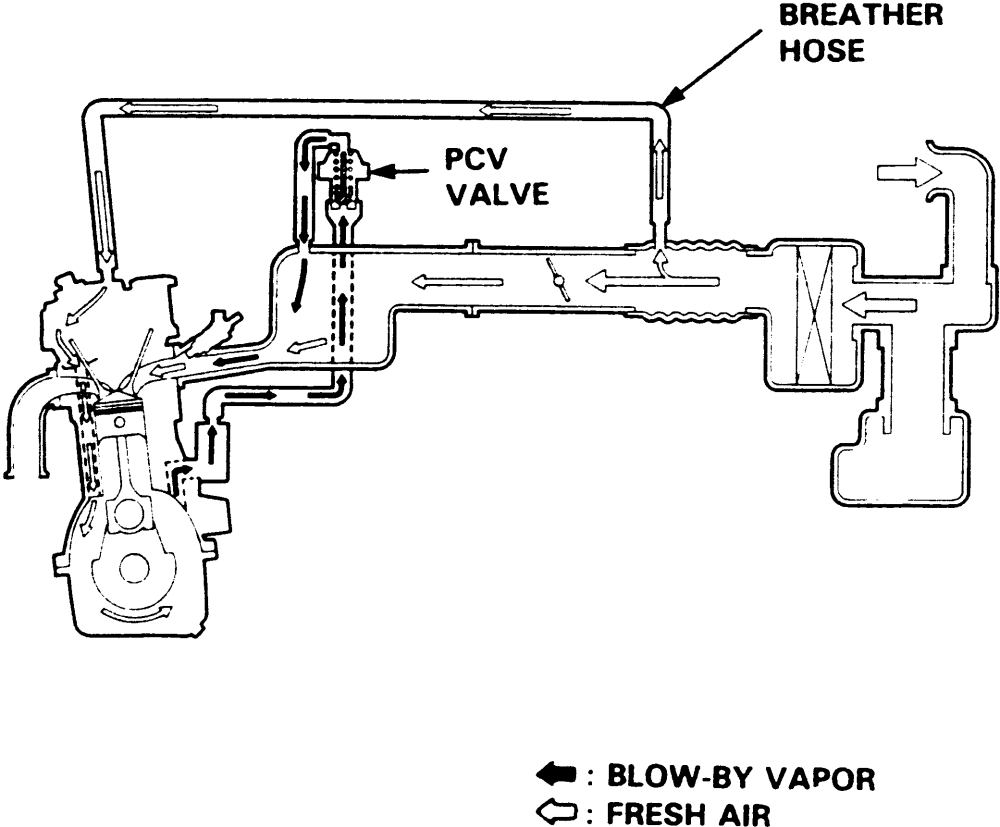
As in the image above, ventilated air from the crankcase sucks into the engine, and the fresh air from the atmosphere goes into the crankcase from the other pipe. As a car gets old and more mileage, a vapor accumulates inside of the throttle body as dirt and gunk. Plus, worn piston rings and oil rings on the cylinders allow combustion gas to escape to the crankcase (=blow-by), and that produces more vapor and make the throttle body dirty more quickly.
Conclusion
Cleaning the throttle body may solve idle related problems. Use Throttle Body Cleaner to do the job. If your car uses an electronic throttle body, never push the throttle plate by hand. Instead, have someone press the gas pedal with engine key on while you are cleaning the throttle body.
